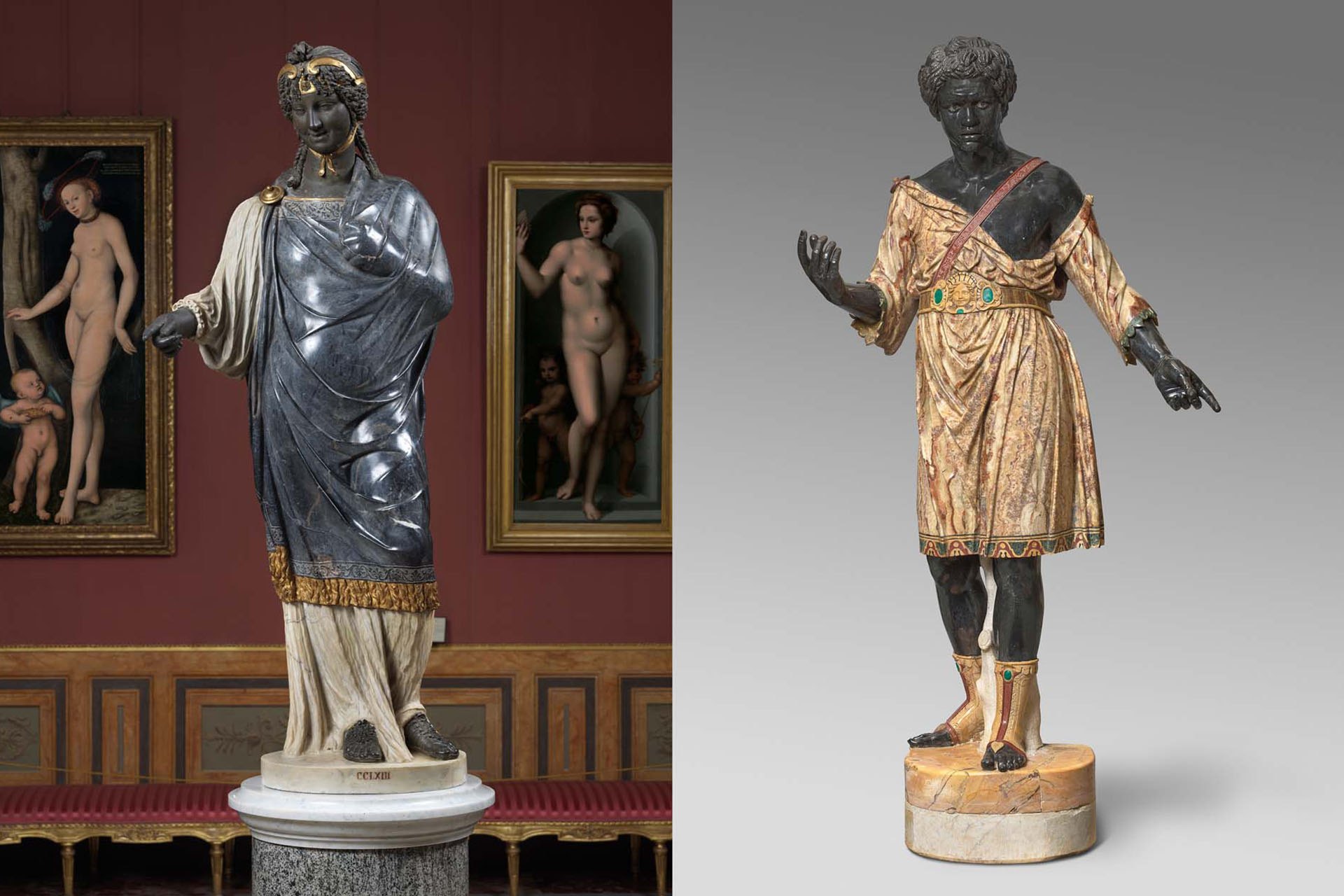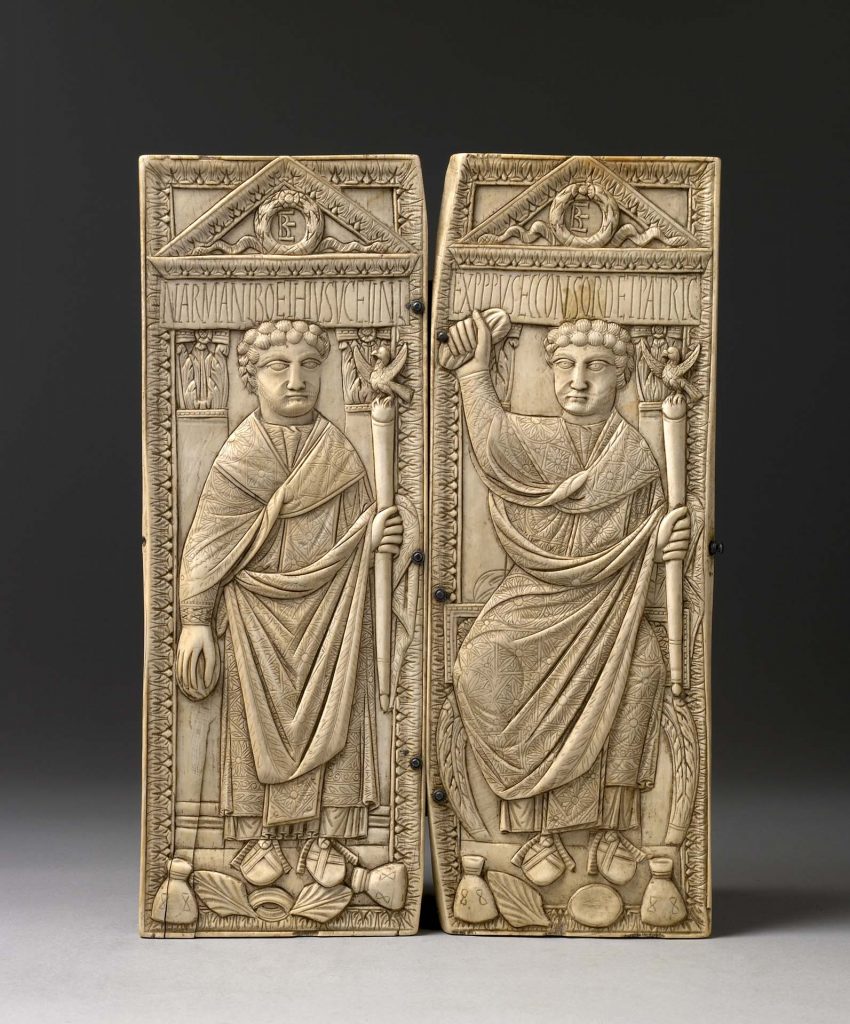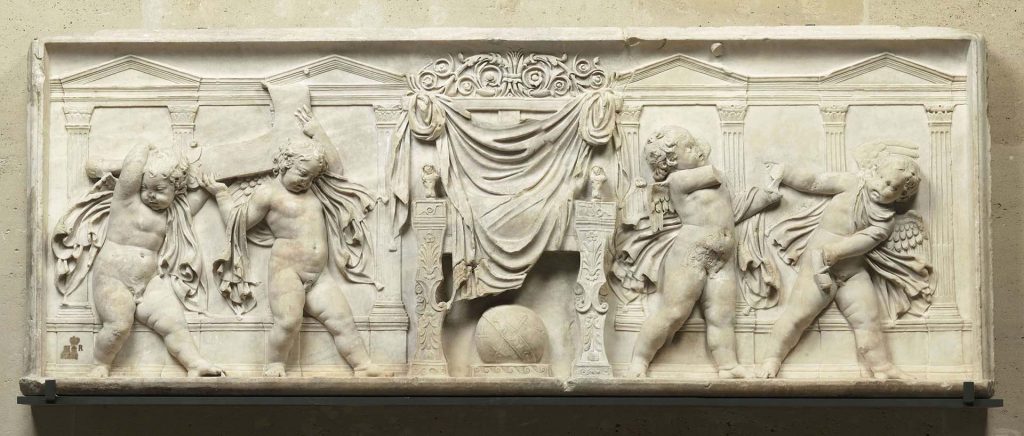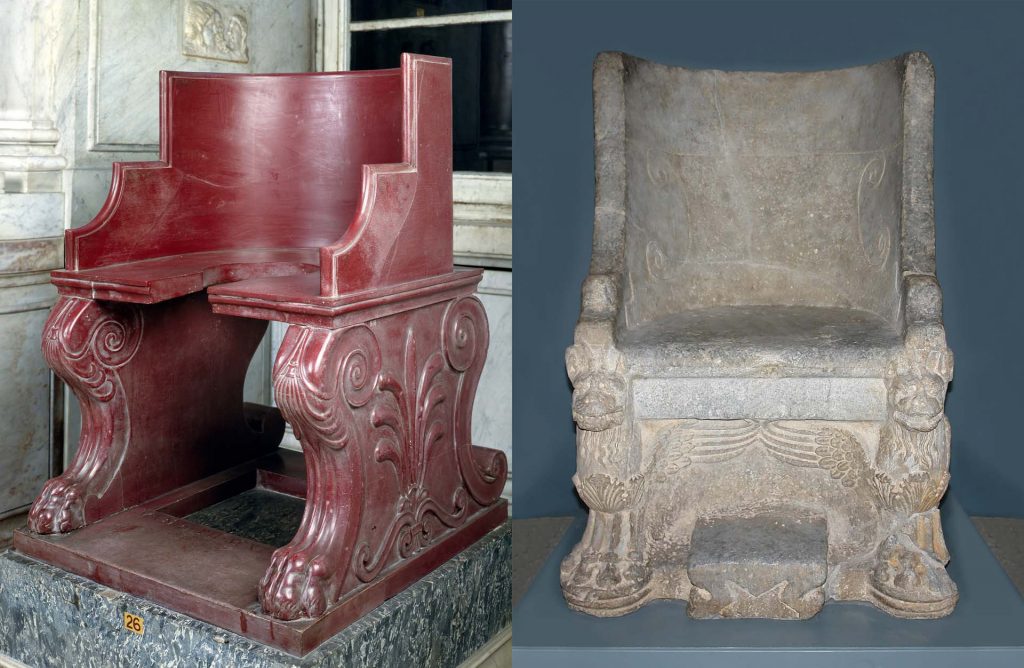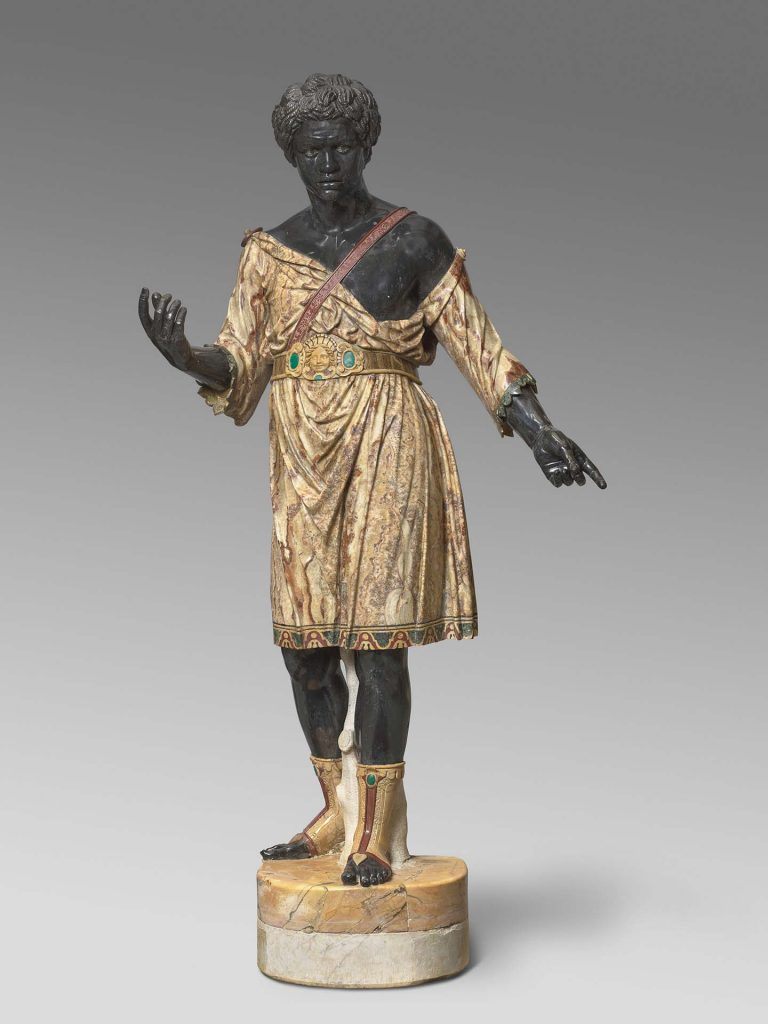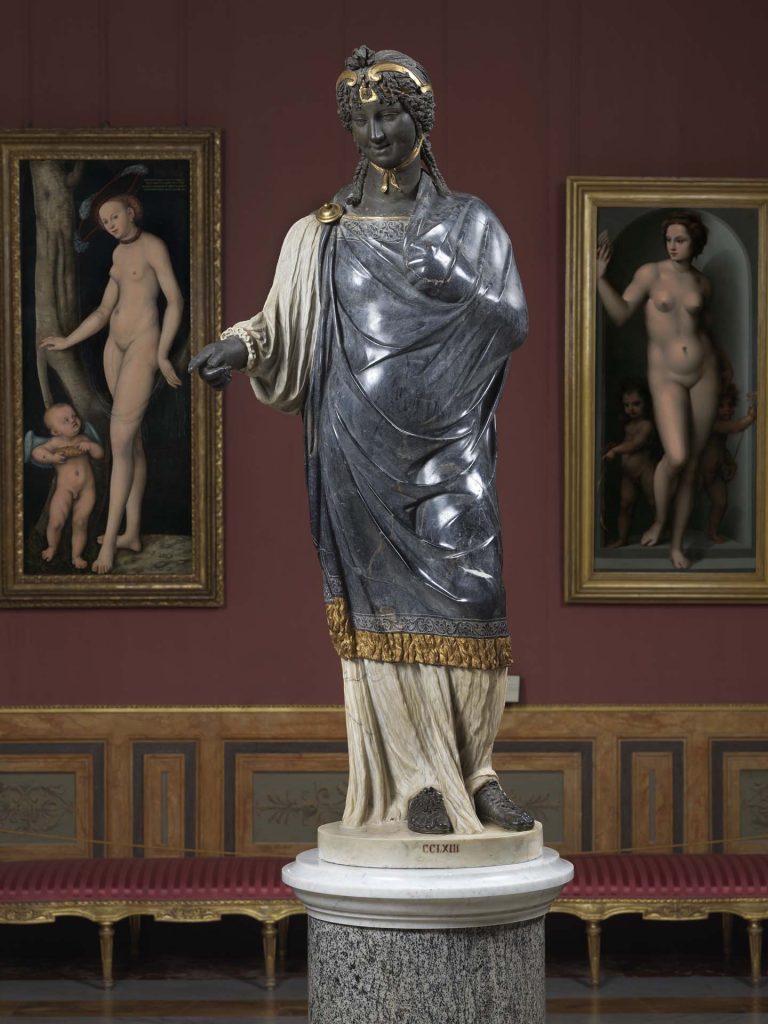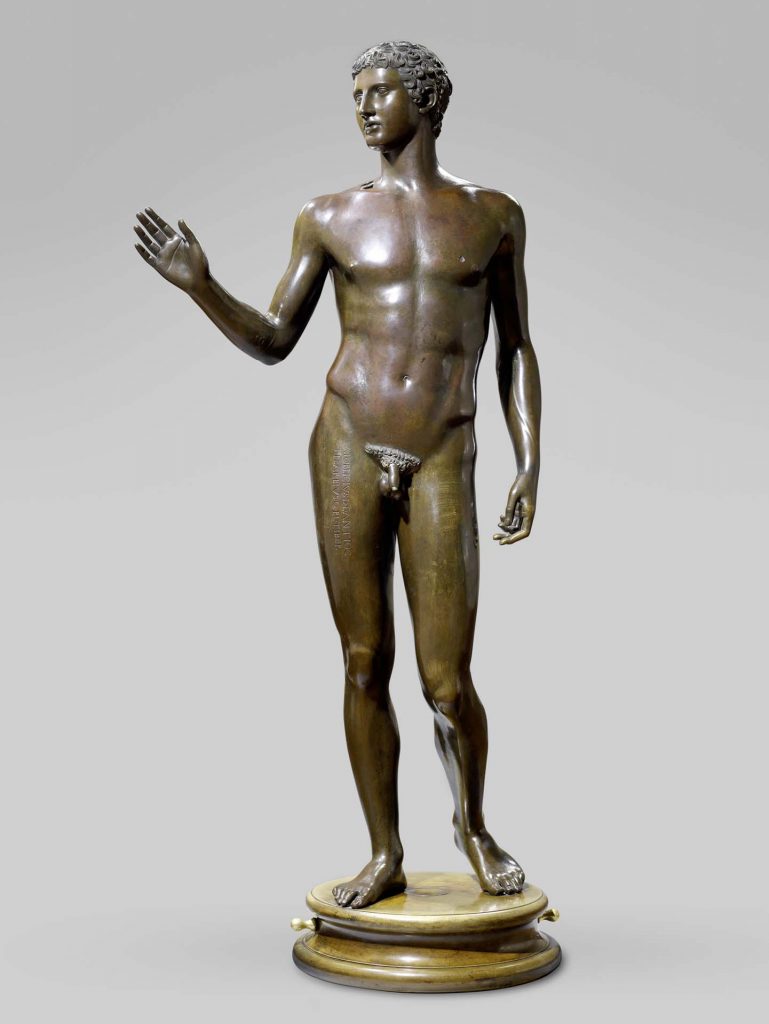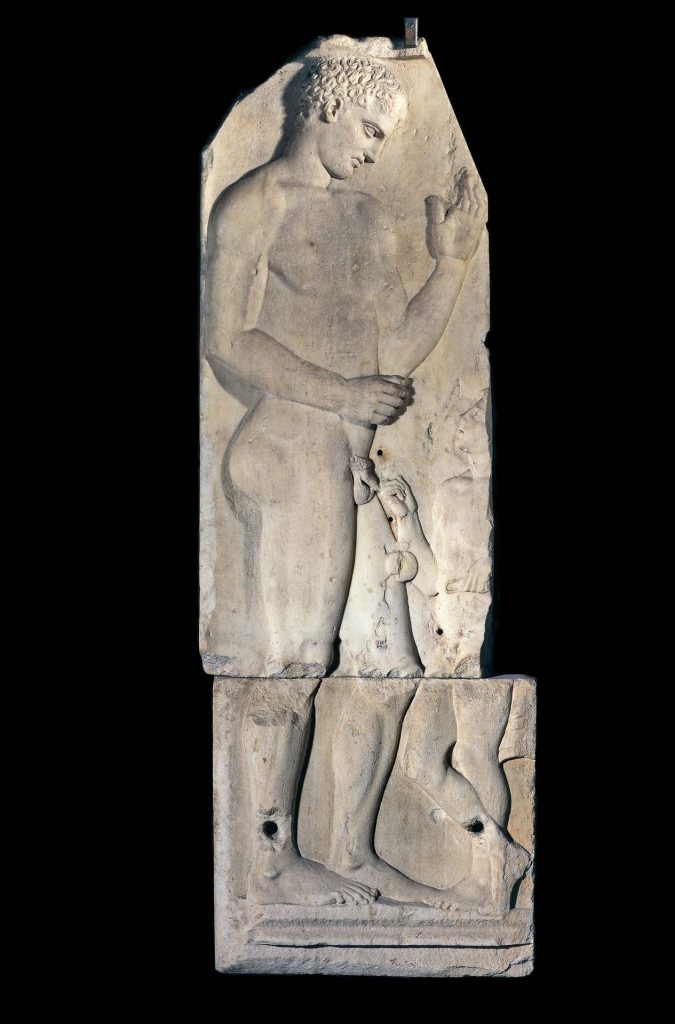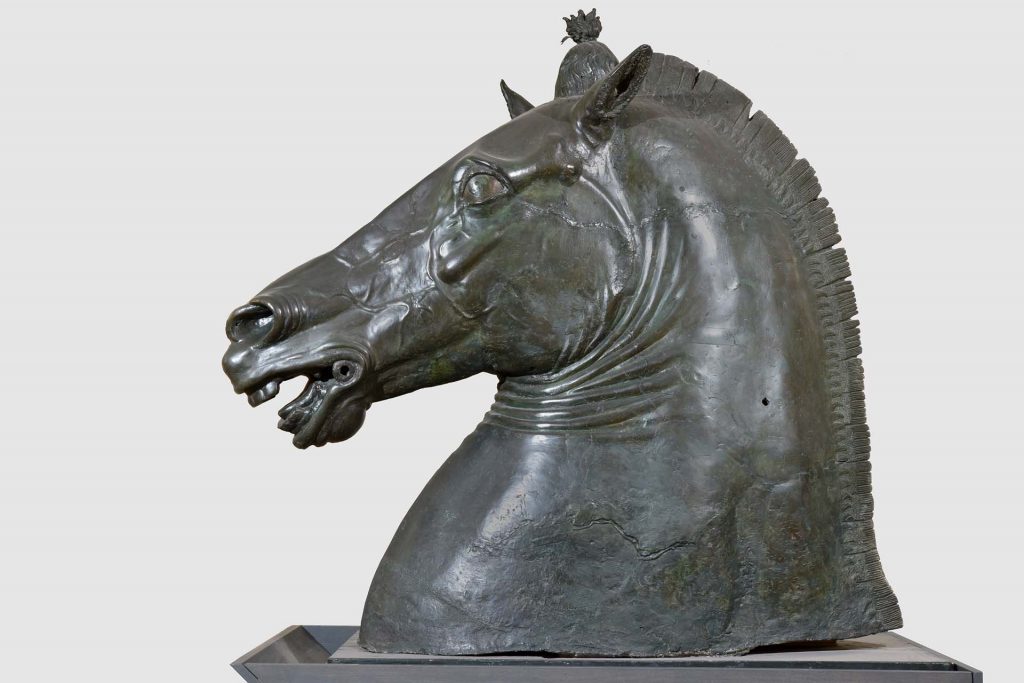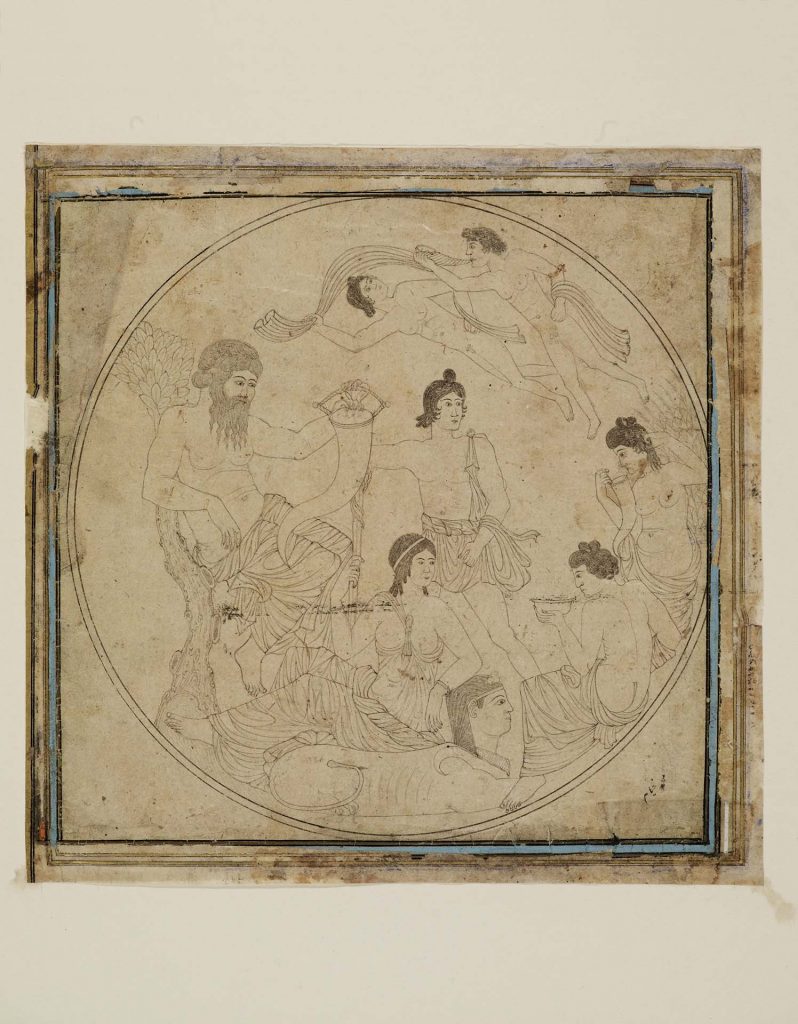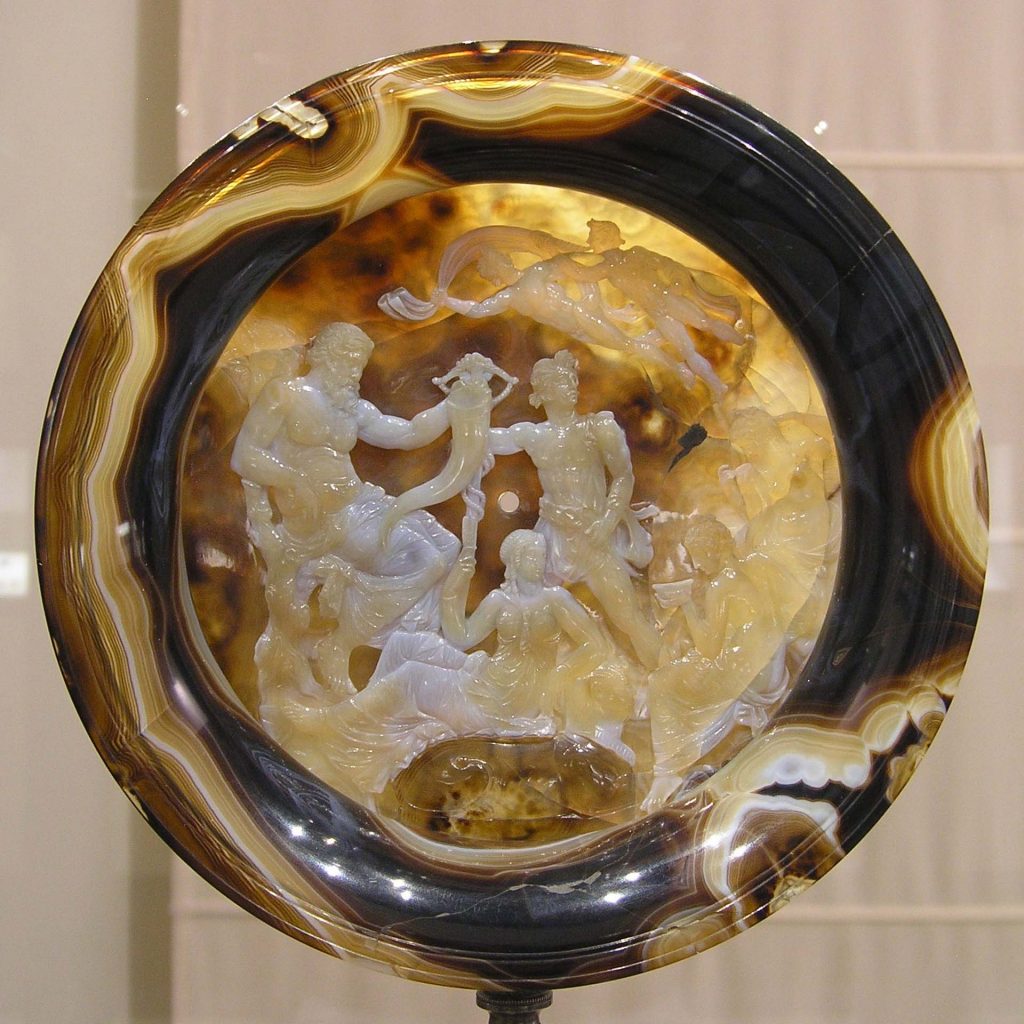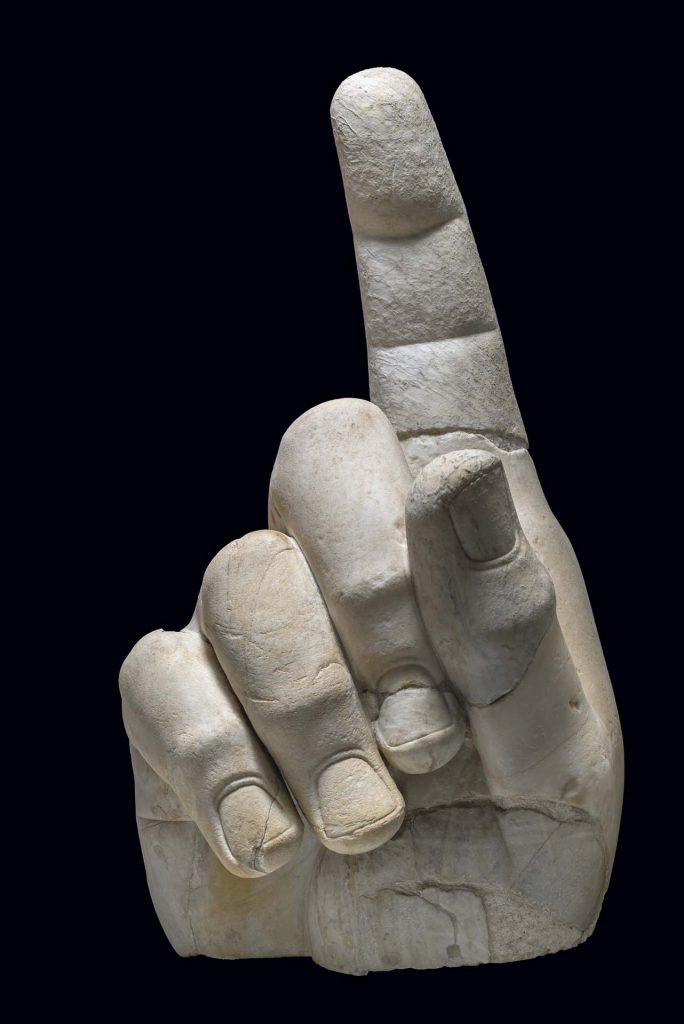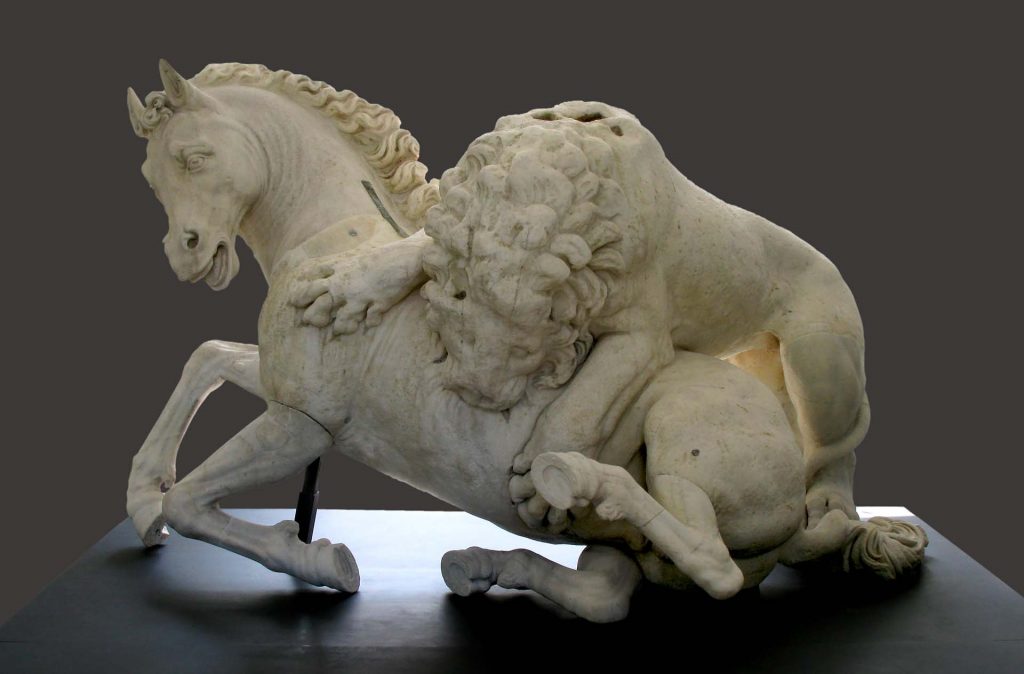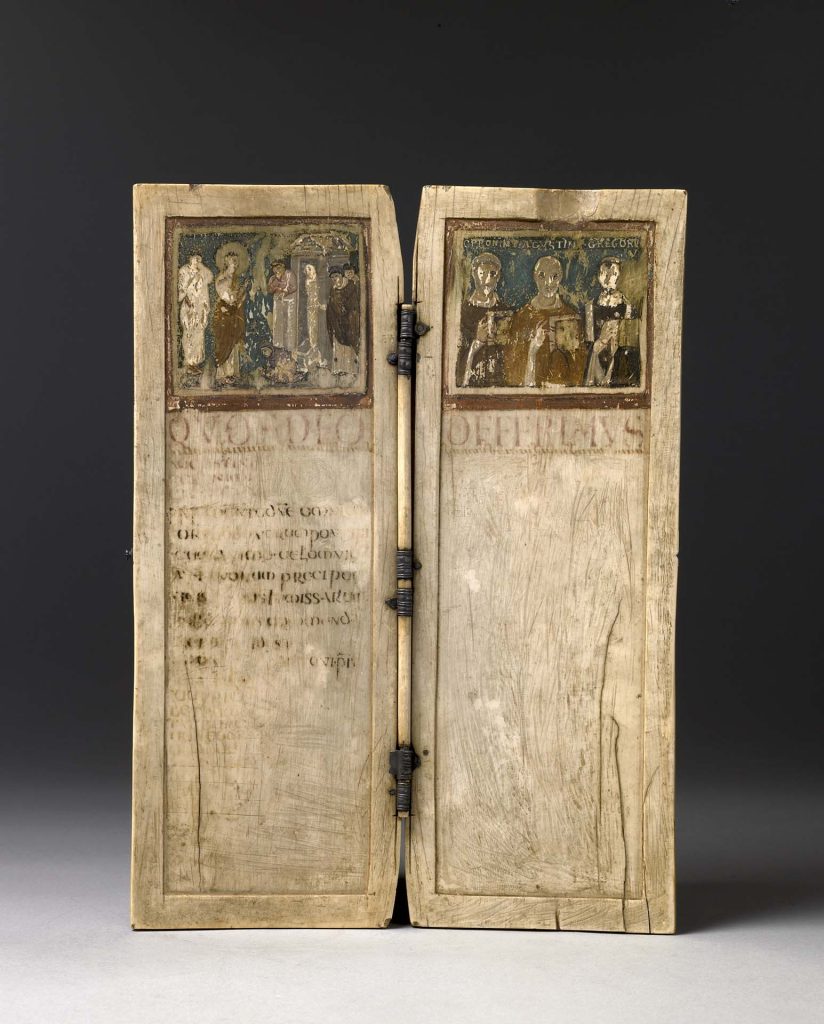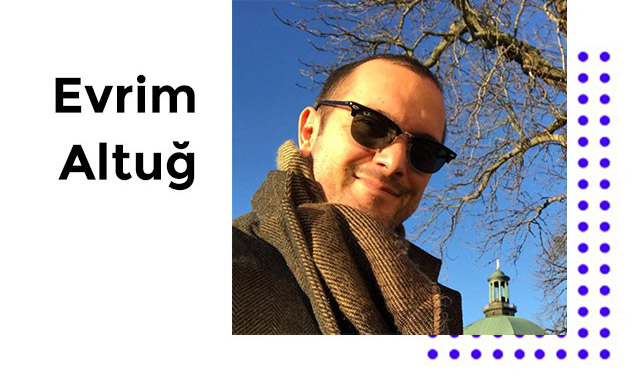
Fondazione Prada is an institution that is dedicated to the reinterpretation of contemporary art with motion pictures and different disciplines, and repeated this attitude to ‘recycle’ the cultural heritage on the Roman and Greek archeology. The exhibition ‘Recycling Beauty’ to be held in Milan on November 23 is the last stage of an eight-year project. This event reinterprets more than 50 ancient works from the Louvre Museum in Paris, the Vienna Art History Museum, the Musei Capitolini in Rome, the Vatican Museum and Galleria Bohese as well as the Uffizi Gallery in Florence, and the National Archeology Museum in Napoli, in respect of recycling.
Serving as a cultural institution making a name for itself with the collective projects in the field of visual arts and motion picture for about more than 20 years in Venice and Milan in Italy, ‘The Prada Foundation (www.fondazioneprada.org) adopts a policy focusing on not only the exhibition of works but also the changeable interaction established by contemporary art with various search areas under the current philosophical ground, forming these works. Under these conditions, the Prada Collection contains works, most of which correspond to the 20th and 21st centuries. The institution prefers to use the collection as a source to deliver a potential energy and different points of view. Therefore, the institution is curiously going after many new interpretations and ideas not previously unearthed acting together with not only curators, artists, architects it calls upon, but also students, authors and philosophers.
What has been achieved by Fondazione Prada, which has updated an old distillation plant from the 1910’s (Milan – Fondazione Prada) with three contemporary structures keeping the original plain and magnificent, could be considered as an attempt dedicated to ‘recycle’ the world science, culture and art for the benefit of people and make them ready for a better future.
This structure is not only used as an open building, where the curatorial production units and the chairpersons that steer the institution come together, but also hosts the meetings of the ‘Thought Council’ that changes at every turn.
When it comes to ‘recycling’, the new exhibition, which Fondazione Prada is planning to present between November 17, 2022 and February 27, 2023, is considered an attempt to make this line clearer. An award-winning Dutch architect Rem Koolhaas-OMA Architecture Office undertakes the design of the exhibition held by Salvatore Settis and Anna Anguissola in company with Denise La Monica in the Fondazione Prada building in Milan.
The exhibition brings to life the ‘reuse’ of the ancient Greek and Roman finds representing the Medieval Age and Baroque Era, making use of an “post-ancient” concept. This project offers a close contact with the Milan and Venice Exhibitions organized by Settis and Anguissola and designed by Koolhaas-OMA with an approach of ‘Serial Classic’ and ‘Mobile Classic’ carried out by the foundation for eight years. These initiatives underline the fact that a ‘classic’ one is not only a factor of experience inherited from the past, but also an indispensable aspect of power that shapes today and the future. ”
The exhibition ‘Recycling Beauty’ is intended to attract attention to the form of value of an ancient find gained because the reuse thereof in history going beyond the form of a historical remains of that find. Each historical find that experienced a recycling process and that went through a legality process under the respective texts with the new meaning it is exposed to within this conceptual framework also refers to the transforming and eerie nature of the artistic processes based on the meaning mobility contained in the works of art or the time they were used, the perception they gained and the interpretation thereof.
During the speech concerning the research they conducted in this respect, Curator Settis suggested that the concept of ‘reuse’ appears in three directions. According to Settis, the reuse of a historical-cultural object contains a direction that is either ‘memorial’ (that focuses on a process from past to present), ‘institutional’ (that is sourced from present) or ‘predictive’ (that is forward the future). Of course, when one has no evidence, texts and is not aware of which case is associated with another one, one of the best possible methods to do that is the concurrent exhibition of all of them.
Another reference by the exhibition in respect of this reuse is to the statement by German Historian Reinhart Koselleck reading ‘injection of the past to present’. Accordingly, the new conceptual framework digests what it opens for the reuse, but when it is doing this, it leaves the ownership of what it has taken from the inside thereof as recognizable or desires to do so.
The face of the exhibition conceived by Koolhaas/OMA and Giulio Margheri is seen on the two structures of Fondazione Prada (*): Podium and Vault. This makes it possible for the event to ensure that one could better experience the historical analysis, discover the works and use their imagination. For example, the way of exhibition in Podium makes it possible for the viewers to experience the exhibition at different speeds and, the low level mounts made of acrylic materials allow them to see them as a group. With this aspect, the fact that some infrastructural materials used for the exhibition have been reused since the previous events establishes another dimensional relationship with the exhibition theme. The exhibition shows the historical and artistic value of the works of art on one hand, and intents to make it possible for the viewers to comprehend the concepts of immigration, transformation and evolution experienced by the meaning, on the other hand.
From this aspect, one could suggest that these two structures, the Podium and the Vault, provides an opportunity to view more than 50 works of art from the Italian public collections and museums. Among these collections and museums are the works from the Louvre Museum in Paris, the Vienna Art History Museum, Ny Carlsberg Glyptotek in Copenhagen, Musei Capitolini in Rome, the Vatican Museum and Galleria Bohese as well as the Uffizi Gallery in Florence, and the National Archeology Museum in Napoli.
The works of art to be exhibited include a giant figurative sculpture from the late ancient Roman period in the 4th century A.D., remaining pieces of the statue of Constantine including hand and foot parts, a marble relief depicting the life of Achilles, and a work of art dating back to the same era, and a marble crater engraved by Salpion, a sculpturer from Athens, previously used in the Gaeta Cathedral, dating back to the Dionysos era in the first century A.D.
Certain arts of work that are exhibited focus on the reasons why the respective ancient materials are open for reuse whether functionally or politically and religiously, and among them are those that are reused but that have not understood up until today. An example for this is ‘a Lion Attacking a Horse’, as a group of sculptures pertaining to the Hellenistic area, and dating back to the 4th century A.D. After some time, this work located in the Capitoline Hill is considered an allegory that has left a mark in history for the ‘Good City Administration’.
As a result, this exhibition has a character that makes one rethink, discuss and remember the fact that the concept of artistic ‘historical references’, which has become an unavoidable reflex in today’s understanding of art, has been continuing for a long time with different intentions from the ancient ages up until today, both semantically and materially. The event creates an incomparable area of discuss in respect of the global human culture, the ecology of aesthetics, the evolution of value and, the combined foundations of authenticity.
(*) We thank the Fondazione Prada’s Press Unit for its contribution to the preparation of this content.


